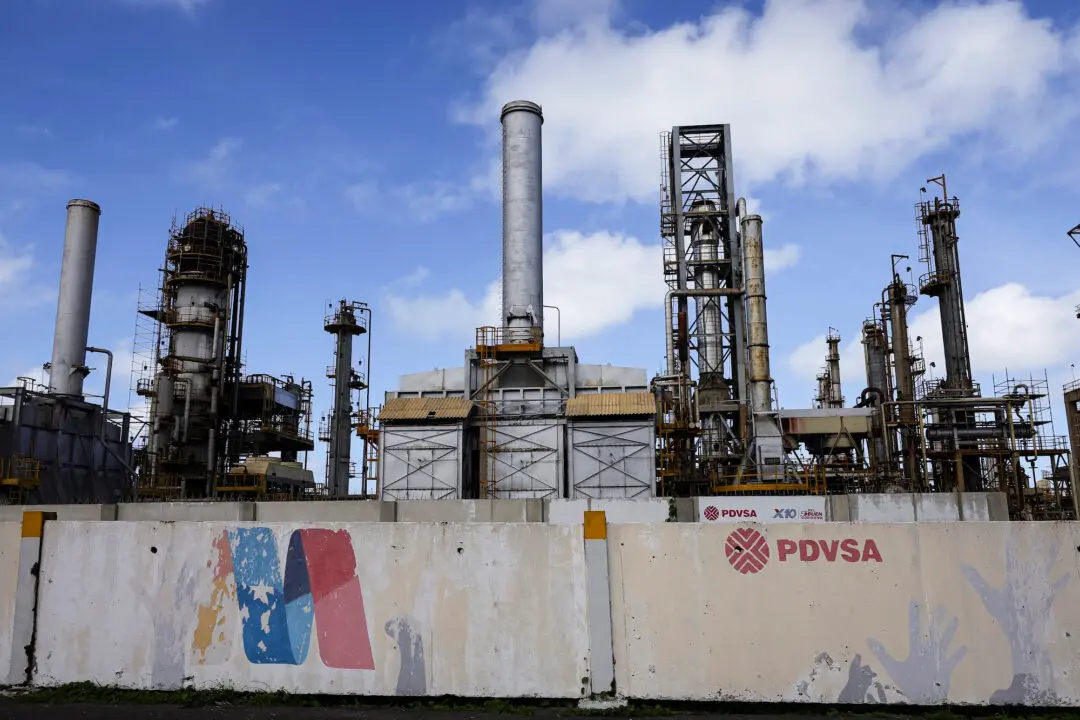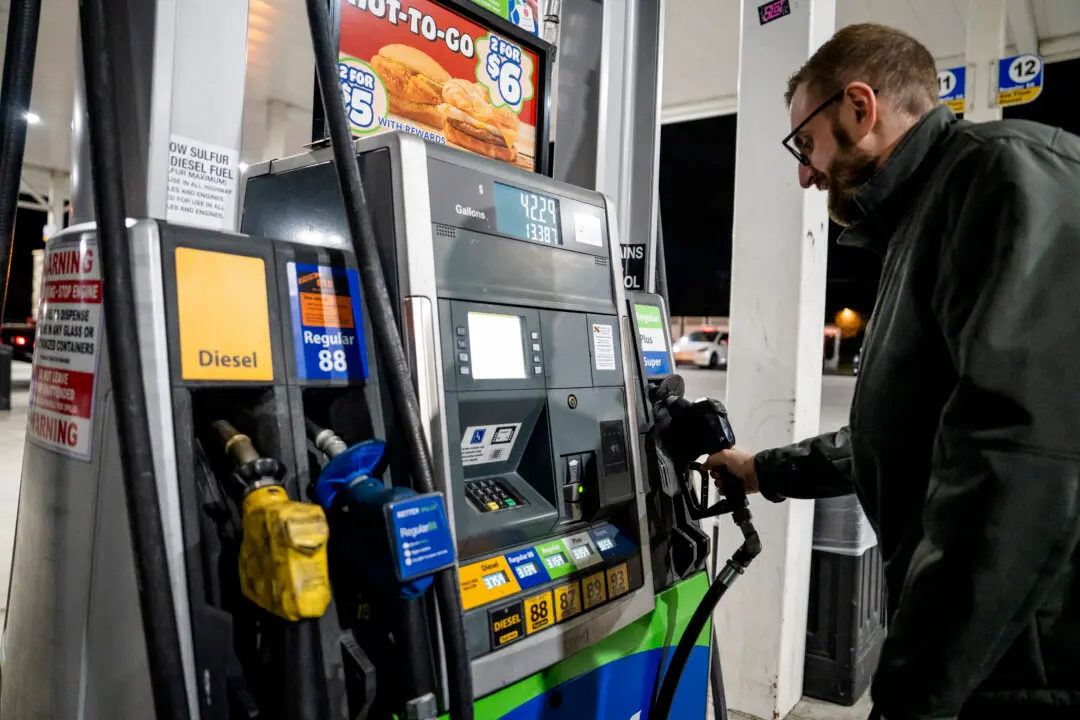Battering the U.S. economy, COVID-19 shutdowns and destruction of demand have erased a staggering 20.5 million jobs in April, the steepest plunge in nonfarm payrolls since the Great Depression.
The unemployment rate spiked to 14.7 percent last month, according to the Labor Department’s monthly employment report, released on Friday. The previous post-World War Two jobless rate record was 10.8 percent in November 1982.





